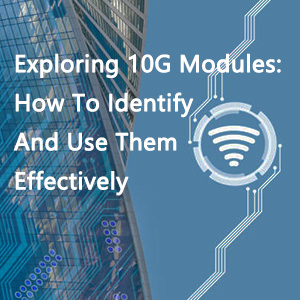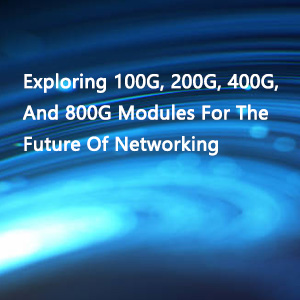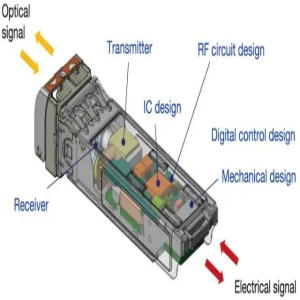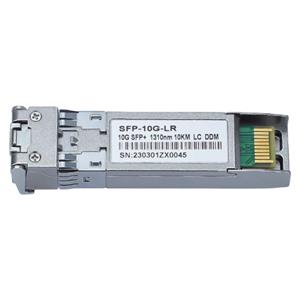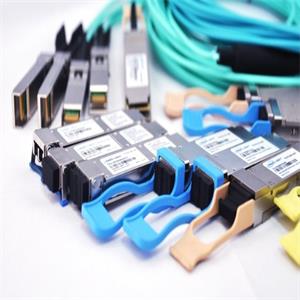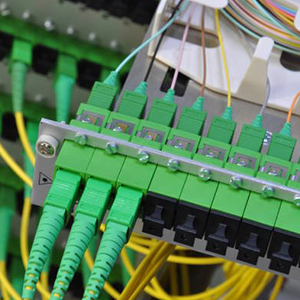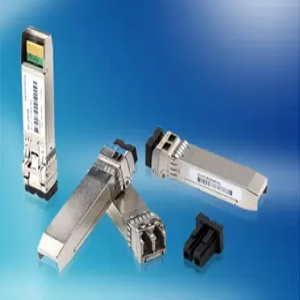A 100G QSFP28 port is generally compatible with both QSFP+ and QSFP28 optics. With QSFP28 optics that support 25G lanes, it’s feasible to operate in 4x25G breakout, 2x50G breakout, or 1x100G (without breakout) configurations.
Content:
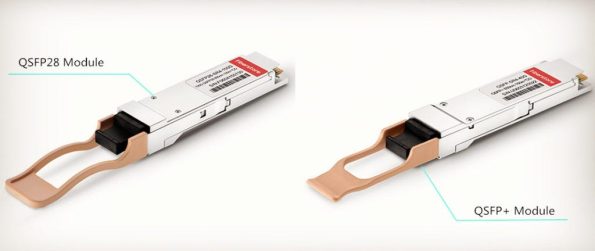
The 100G Ethernet is poised to dominate a larger segment of the network equipment market, as projected by Infonetics Research for 2017. However, it is essential to acknowledge that the development of 100G technology and its associated optics is ongoing. Users aiming to implement 100G networks as a long-term infrastructure often encounter challenges. For instance, the current QSFP28 optics on the market are limited to a maximum reach of 10 km (QSFP28 100GBASE-LR4) using WDM technology, necessitating the acquisition of costly WDM equipment. For applications that extend beyond 10km, QSFP28 optical transceivers fall short. Consequently, users are compelled to consider 40G QSFP+ optics for deployment on 100G switches. This raises the question: Is it viable to employ QSFP+ optics on the QSFP28 port of a 100G switch? Conversely, can QSFP28 modules be utilized on QSFP+ ports? This article delves into the feasibility of such configurations and offers foundational guidance on configuring 100G switches.
For Most Switches, QSFP+ Is Compatible with QSFP28 Ports
It is widely recognized that QSFP28 transceivers share the same form factor as QSFP optical transceivers, with the former featuring four electrical lanes capable of functioning as 4x10GbE or 4x25GbE, and the latter supporting 40G (4x10G). From this, it’s clear that a QSFP28 module can be configured for either 4x25G or 4x10G lanes, contingent upon the transceiver employed. This mirrors the functionality of SFP28 transceivers, which are designed to accept SFP+ transceivers and operate at the reduced speed of 10G.
A 100G QSFP28 port can typically accommodate either QSFP+ or QSFP28 optics. Should the QSFP28 optics be capable of supporting 25G lanes, they can be deployed in configurations such as 4x25G breakout, 2x50G breakout, or 1x100G (without breakout). The QSFP+ optic, supporting 10G lanes, can operate in 4x10GE or 1x40GE modes. When deploying QSFP transceivers in QSFP28 ports, it’s crucial to consider the availability of both single-mode and multimode (SR/LR) optical transceivers, as well as twinax/AOC options.
In All Instances, QSFP28 Optics Are Incompatible with QSFP+ Ports
The inability of SFP+ to auto-negotiate for SFP module support is mirrored by the incompatibility of QSFP28 modules with QSFP ports. The rule regarding the mixing of optical transceivers of different speeds is straightforward: compatibility hinges on a match between the optic and the port. Both ends of the connection must align in terms of form factor, and the port speed must be equal to or exceed the speed of the optic employed.
Conclusion
In summary, QSFP+ modules are compatible with QSFP28 ports, yet QSFP28 transceivers cannot achieve 100Gbps transmission on QSFP+ ports. When deploying QSFP optics on QSFP28 ports, ensure proper switch configuration as outlined above. To ensure seamless network transmission, verify that the connectors on both ends are identical and that there are no compatibility issues with the manufacturers.

